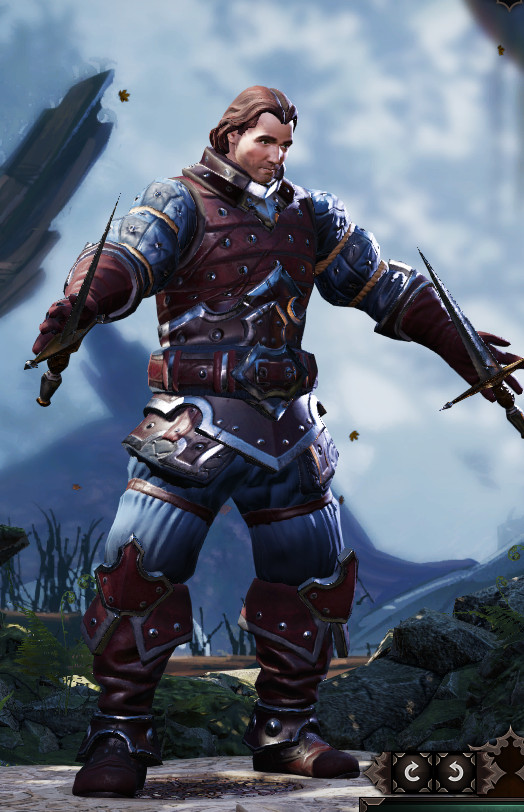
They are often charming, smug, and altogether devious. Rogues have always been one of my favorite classes in DnD. Most of their abilities recharge every round so there’s no need to worry about running out of options. One of the nicest things about Rogues is that they have very few skills that need rest to be replenished. Like the Ranger, the Rogue is another class that leads to creative thinking. You could be an archer, a swordsman, or so much more. Rogues are proficient with nearly every one-handed weapon in the game and are also exceptional at archery and other ranged attacks. There aren’t any true specializations in the class, but you have a variety of skill sets you can put to use. Your role will be sneaking around in the dark and performing strong attacks. The Rogue class focuses on stealth and sneak attacks. If you want to have the freedom to create a sort of custom class then the Ranger is a good option. You can be a frontline with heavy armor, an archer who takes out specific targets during combat, and so much more. Rangers don’t have a specific role and are friendly to people who want to create their own story and playstyle. The great thing is that this is probably the most customizable class in the game, so it can be fun to play around with. They have an odd specialization tree that makes them great in some situations while giving no benefit at all in others.


Honestly, Rangers have always been a weird class in DnD games. There are more generalized options like Ranger Knight, which gives you proficiency in heavy armor, but it’s still a useful ability to have. For example, a Ranger can choose to specialize against magic wielders, making them do increased damage against enemy spellcasters. It is a hugely customizable class with a lot of choices to create a unique playstyle.įor specializations, the Ranger focuses on specific targets that they are excellent fighting against. It’s a unique class that offers a long list of options rather than having needed playstyles. The Ranger class focuses on survival, hunting specific targets, and ranged attacks. If running into the heat of combat and facing your enemies toe to toe is your thing then the Fighter should be at the top of your list.
#Baldurs gate 3 warlock how to
It is also the easiest class to learn how to play so it can be a good starter for new players. Having a Fighter isn’t necessarily an essential component to completing the game, but they do help - a character who can soak up damage, especially in large encounters, can be a great boon. Paired with a Wizard and a Cleric, though, and the Fighter class can handle even the most damaging attacks in the game. Fighters rush into combat, so the enemy usually ends up targeting them before going for your backline spellcasters and such. While the Fighter is a class that can do a significant amount of damage, it will also be the one taking the most amount of hits.

I chose to play around with the sword and shield option for the most part due to wanting to be as tanky as possible, but the others are good too. Three main options exist for the Fighter in terms of combat: dual-wielding weapons, double-handed weapons, or single-handed with a shield. There are a couple of ways you can play this class, but all of them will have you on the frontlines of a fight. The class relies on heavy hits and special attacks to smash their way through opponents both brutally and efficiently. The Fighter class focuses on one thing, and only one thing: killing the enemy. Here’s a rundown of each Baldur’s Gate 3 class to help you decide which class is right for you. Baldur’s Gate 3 is no exception to this and there are six strong classes to pick from. It’s important to get it right and oftentimes there are so many options that it’s hard to choose what’s right for you. Once you make the choice, you are usually stuck with it for the rest of the game unless you want to restart. Choosing a class can be daunting in any game.


 0 kommentar(er)
0 kommentar(er)
